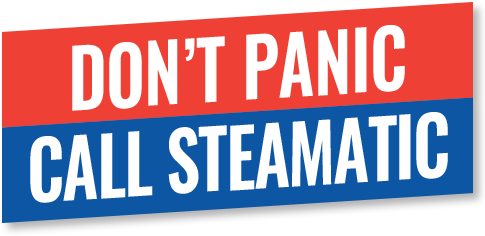
Water Damage Classification
Water damage is homeowner's nightmare. When it rains heavily, or snow melts very quickly the risk of water damage increases. Water damages can cause thousands of dollars worth of damages by ruining wood furniture, upholstery, electronics and more. Even if there is no permanent damage done (which is unlikely), who would want to spend their Sunday afternoon scooping buckets of water out of their basement?
Water damage increases the chance of mold growth throughout the home which is also a pretty penny to have taken care of. Not only is mold unsightly and unwanted, but it could also carry along with it some serious health hazards for you and your family. Nevertheless, water damage is something you want to avoid- and take care of immediately when it occurs.
Common Causes of Water Damage
What causes water damage? There are various causes of water damage including:
- Leaky dishwashers
- Clogged toilets
- Broken pipes
- Broken dishwasher hoses
- Overflowing washing machines
- Leaky roofs
- Plumbing leaks
- Foundation cracks & more
Natural events such as floods, heavy snow, and heavy rain can also causes water damage and can lead to having water in the basement.
Once your home, or business sustains water damage it is vital the cleanup process is started as soon as possible. It increases the likelihood of salvaging items such as furniture, carpets, rugs and other items. The earlier you assess and restore your water damaged home and possessions, the less likely it is that there will be further damage. It will also reduce the chances of fungus, mold, and mildew growth, which brings forth its own set of complications.
The Different Categories & Classes Of Water Damage
Assessing the severity of your damage helps to determine what is needed to begin the repair process as well as water removal. Here are the categories and classes assigned to water damage:
Category 1 – Clean water or water that does not pose a threat to humans as it comes from a sanitary source. Ex; Sink overflowing
Category 2 – Also known as gray water. Water is contaminated and can cause sickness if ingested. This water contains microorganisms and often originates from dishwasher or washing machine overflow. Ex; Seepage, broken toilets.
Category 3 – Called black water, this type is unsanitary and contains bacteria that can cause sickness or death if consumed. Ex; Sewage problems, contaminated water from a flooded river.
Class 1 – This is the least harmful form of water damage. Materials absorb very little of the water, and this usually impacts a portion of space so repair is the easiest in this type of situation.
Class 2 – This water has a fast rate of evaporation, which means that carpets and sofa cushions may be damaged. The repair is more difficult with class 2 damage as it can include an entire room.
Class 3 – The fastest rate of evaporation and affects an entire space. Water may come from broken sprinklers or other overhead source which can soak through the walls ,sub flooring furniture and insulation.
Class 4 – This class of damage requires special water restoration and water removal procedures. This class of damage can affect non-porous surfaces, hardwood floors, plaster, and concrete.
If you have experienced water damage to your property, contact Steamatic as soon as possible!

